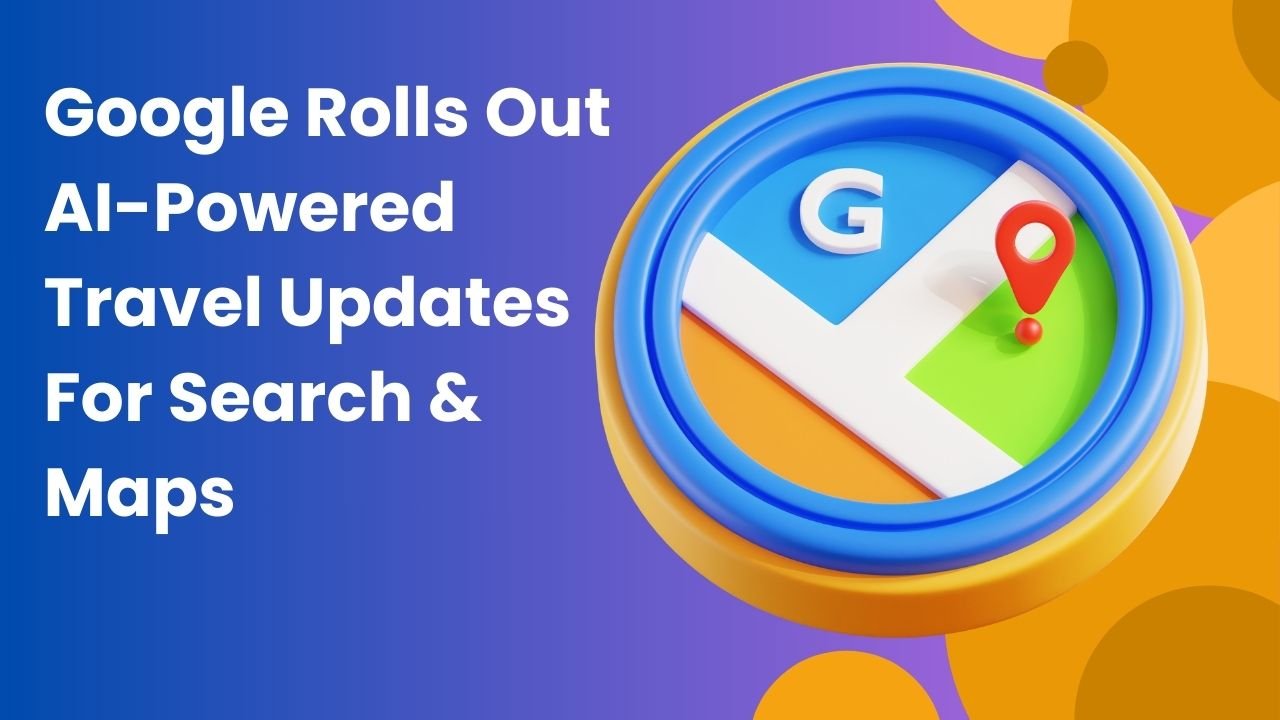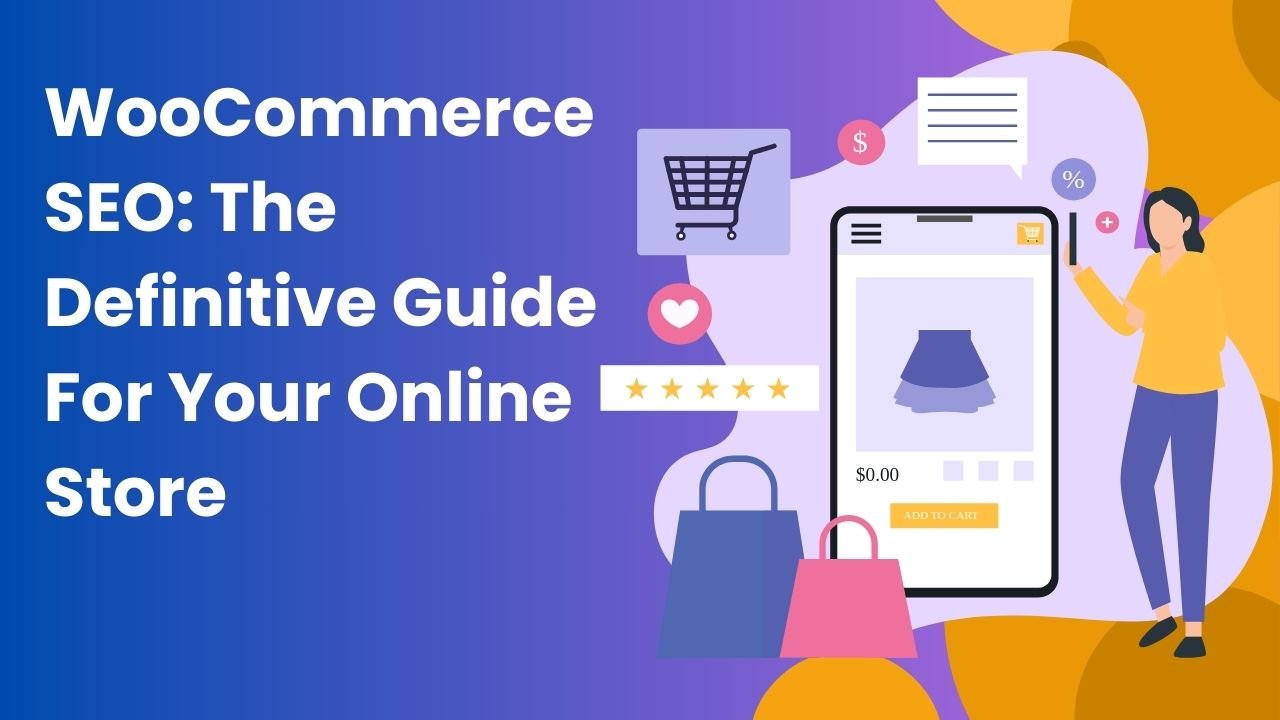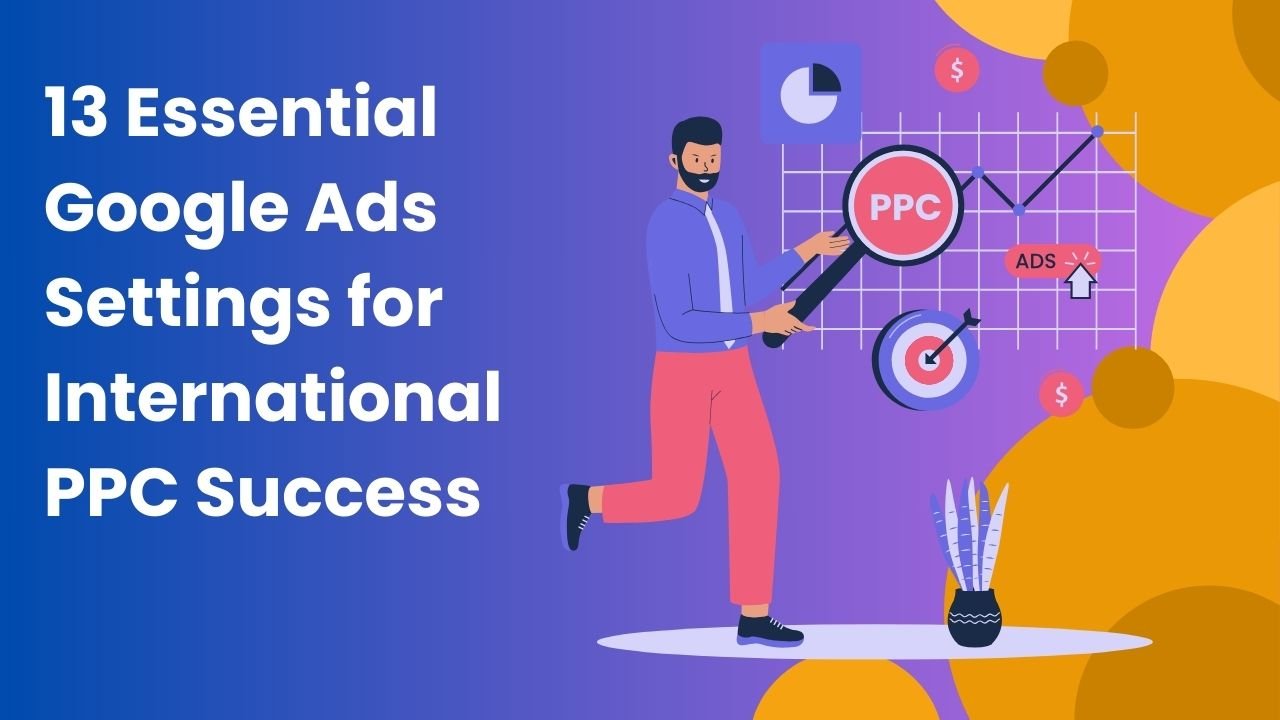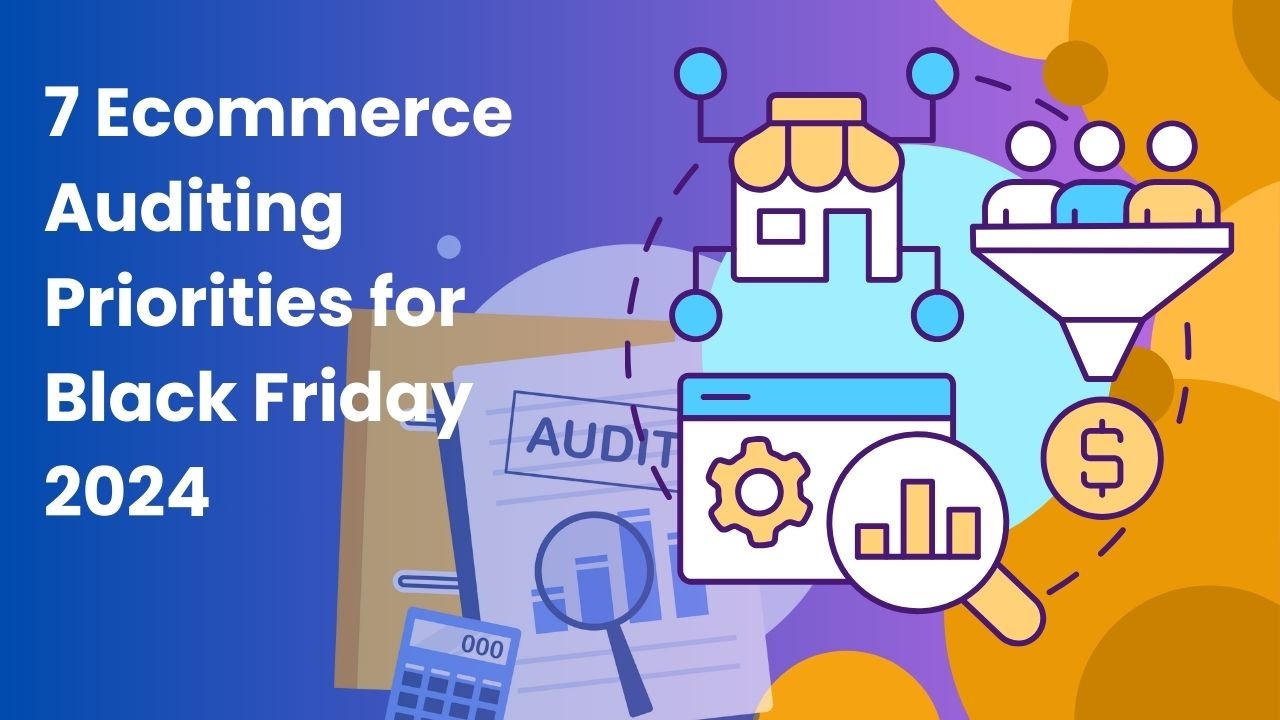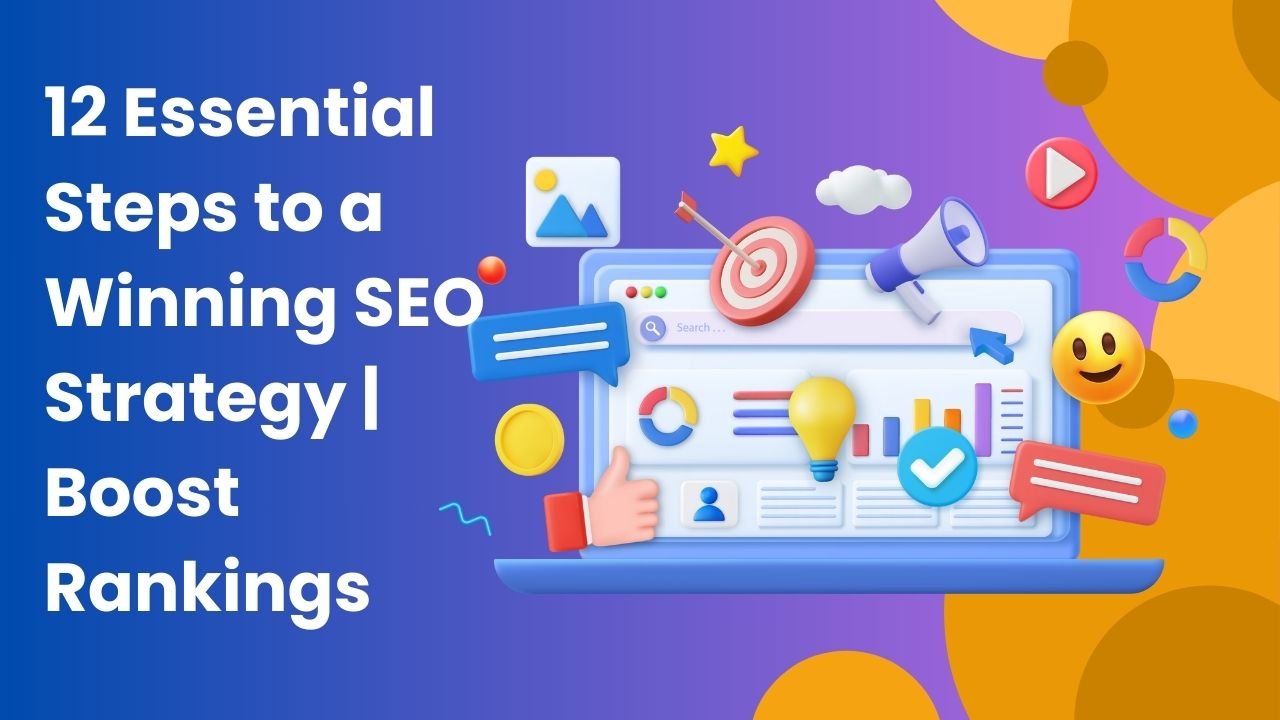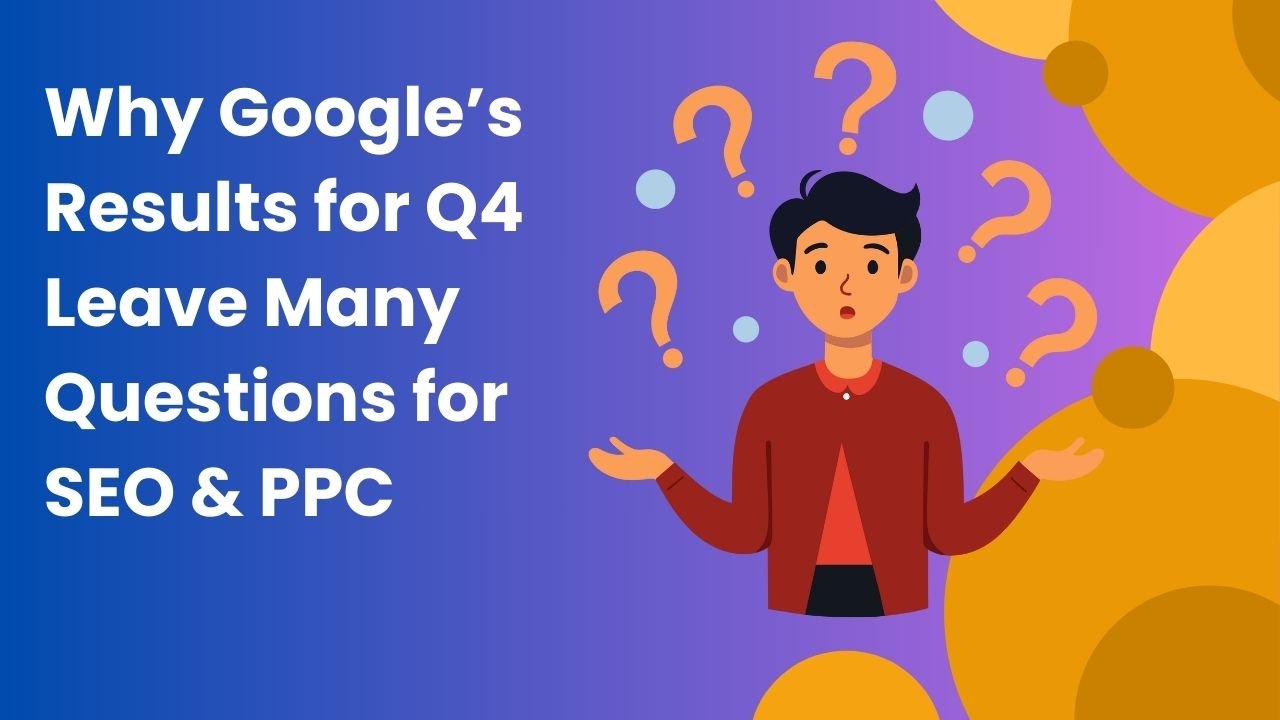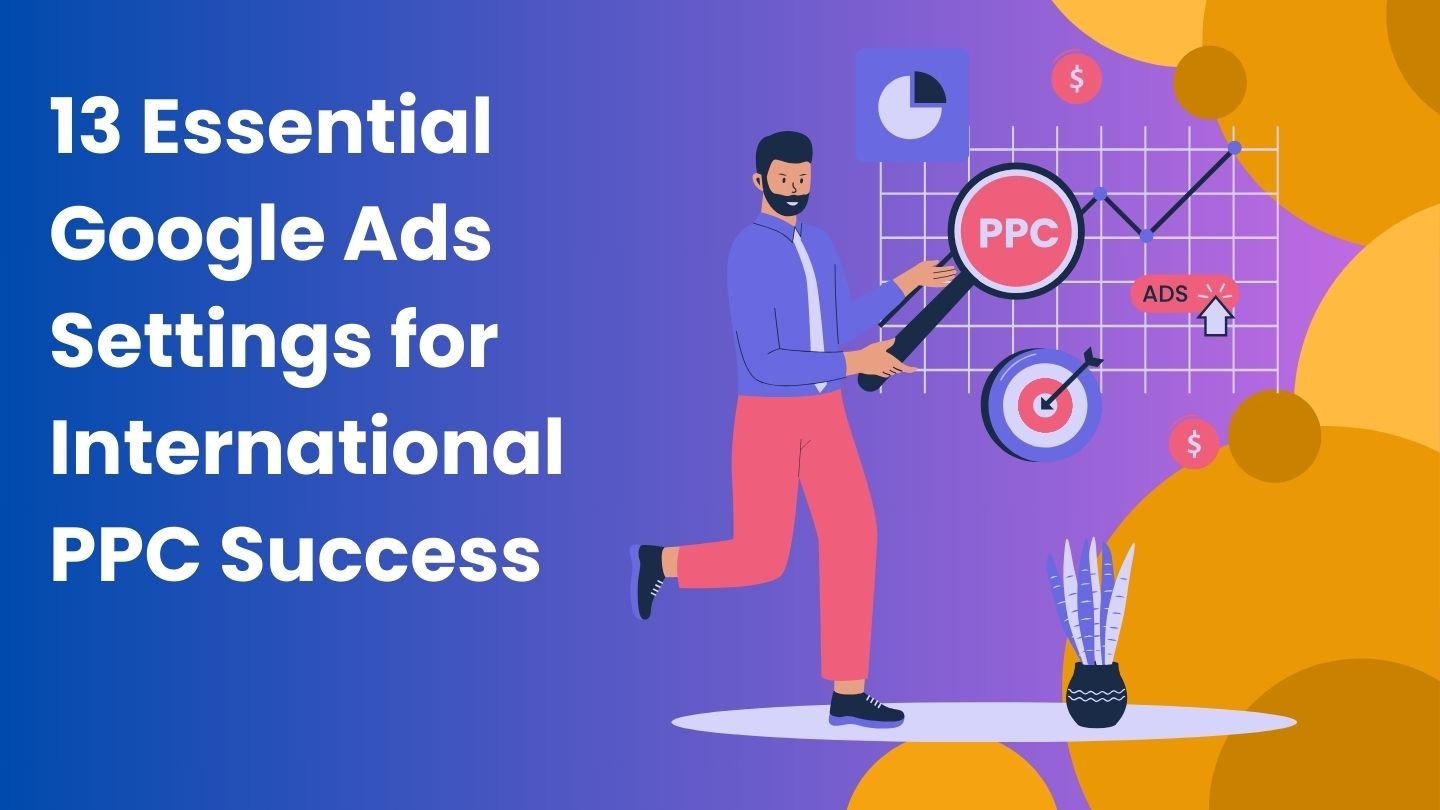Google Rolls Out AI-Powered Travel Updates For Search & Maps
Planning your next vacation just got easier, thanks to Google\’s latest AI-powered features in Search and Maps. These innovations aim to simplify travel planning by offering personalized itineraries, real-time updates, and more. AI-Generated Itineraries in Search Google\’s AI Overviews now assist users in creating day-by-day travel itineraries. By searching for phrases like \”create an itinerary … Read more

